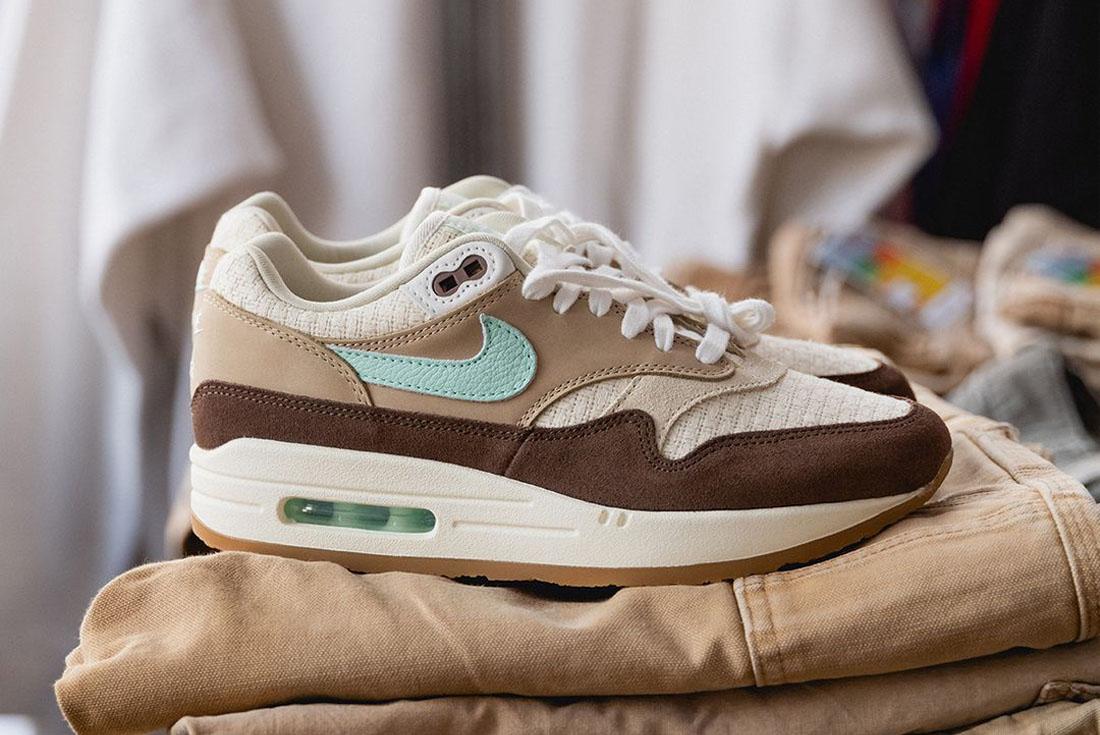Material Matters: Hemp
It’s time to clear the haze surrounding hemp. ‘Marijuana’s Cousin’ is certainly no ‘Devil’s Lettuce’, and it’s been demonised for most of the last century – despite its continued use for over 50,000 years. Thankfully, attitudes towards hemp have shifted in the past decades, and it is again gaining momentum and legitimacy. Despite its versatility as a foodstuff – and indeed a footstuff – among other uses, hemp remains shrouded in controversy and misunderstanding. Let’s toke a closer look at some green power.
The Future of Hemp
The legality of hemp remains a controversial topic, despite the fact it’s been used for over 50,000 years. Objectively, there are a lot of pros to using hemp as a textile. However, a lot of political red tape from conservative governments, the textile industry (let’s call them Big Cotton and Big Synthetics), and misinformed consumers mean it may not see mainstream prominence for a while. Check out the above video from Patagonia that provides a concise explanation of hemp in the US.
The entire world is progressing towards wider legal acceptance of cannabis, no doubt bolstered by decriminalising recreational use, as well as increasing ventures into Cannabidiol (CBD) products. Alas, some nations are waking up quicker than others.
In 2018, the US finally redefined hemp as an agricultural product rather than a controlled substance. This means it’s legal to grow hemp, for the most part. It only took a century, give or take a few years.
Elsewhere, China is responsible for around 70 per cent of the world’s hemp production, followed by France shouldering approximately 25 per cent. With the shift in attitudes and understanding of hemp products globally, perhaps these figures will increase across other countries, too.
More hemp sneakers in the future? We won’t argue against that.
This feature was originally published on April 20, 2020.
